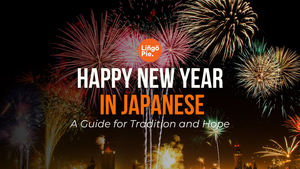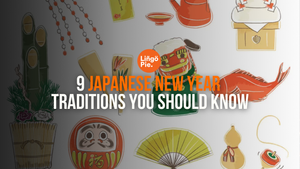What's your favorite season in the year? Mine's autumn, although I love winter too (I'm a Team Cold guy, sorry). However, each of the four seasons have their own beauty and meanings. What's more, people do different activities during each of the seasons, depending on the country. And Japan has a lots of things to do during the four seasons.
That's why we'll take a look at each one of the four seasons in Japan, their meanings attached to them, important activities that the Japanese do and learn Japanese related vocabulary plus a show (anime or dorama) connected to the season you can watch here on Lingopie.
Without further ado, let's start!
9 Japanese New Year Traditions You Should Know
7 Days Of The Week In Japanese: A Complete Guide
Clothing In Japanese: 40+ Easy Vocab For Japanese Clothing

Japanese General Words Related to Seasons
- Kisetsu 季節: season.
- Shiki 四季: four seasons.
- Haru 春: spring.
- Natsu 夏: summer.
- Aki 秋: autumn.
- Fuyu 冬: winter.
- Shunkashuto 春夏秋冬: the four seasons.
How is the Japanese spring?
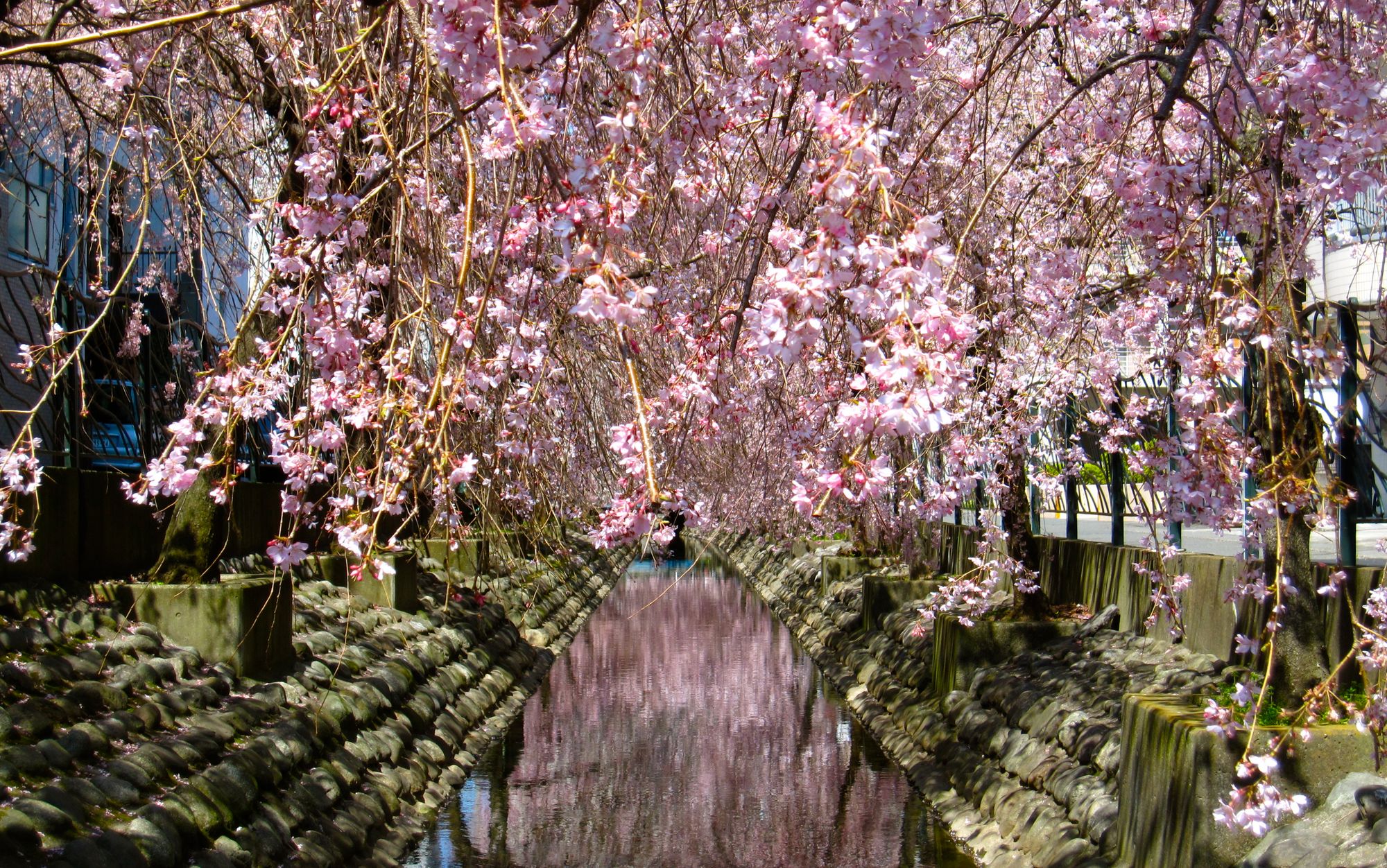
One kind of tree is the main protagonist of this season. And that's the cherry blossom or sakura 桜, an iconic tree whose beautiful flowers are well-known by non-Japanese people around the world. This is the time of the year when its flowers bloom.
Many of the activities the Japanese do during this season are around the cherry blossom. Two of the most popular are the cherry blossom viewing or hanami 花見 and the cherry blossom viewing at night or yozakura 夜桜.
The hanami takes part at parks during day or night. Groups of families, friends and colleagues go to green areas where sakura flowers (sakura no hana 桜の花) can be seen and they do picnics with various kinds of food and drinks, including alcoholic ones. While enjoying a meal with your loved ones, you can appreciate the beauty of the cherry blossoms. Dancing and singing also happen during hanami, specially if people drank too much alcohol!
Yozakura is the cherry blossom viewing during the night. The cherry blossom trees are illuminated by lights in streets, parks and shrines, and people can appreciate the flowers shining thanks to the light spots.
Why is the sakura so important? Well, apart from its beauty, it's Japan's national flower, but also a symbol of renewal, life and death.
Words related to spring:
- Sakura 桜: cherry blossom.
- Hanami 花見: cherry blossom viewing.
- Harusame 春雨: spring rain.
- Harukaze 春風: spring breeze.
- Atatakai 暖かい: warm.
- Hana 花: flower.
- Hinamatsuri ひな祭り: Doll Festival or Girls' Festival.
- Shinme 新芽: new sprout.
- Sotsugyoshiki 卒業式: graduation ceremony.
- Shingakki 新学期: new school year.
- Sakuramochi 桜餅: mochi made of cherry blossom.
- Yozakura 夜桜: cherry blossom viewing at night.
If you want to know how a new school year starts in spring, watch Usagi Drop episode 6 on Lingopie!
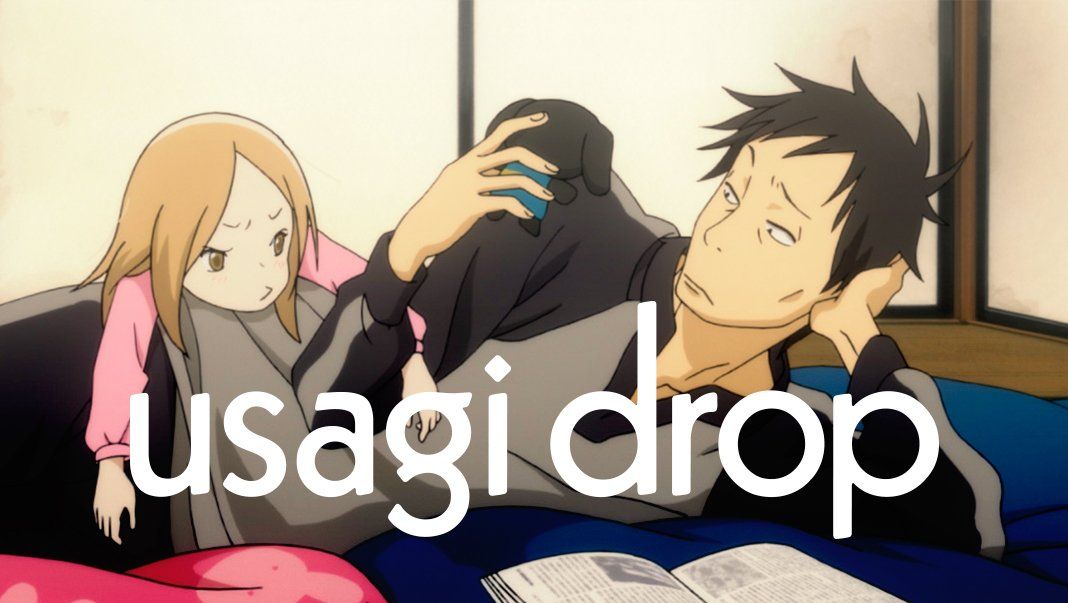
Summer: the festivals and fireworks season.
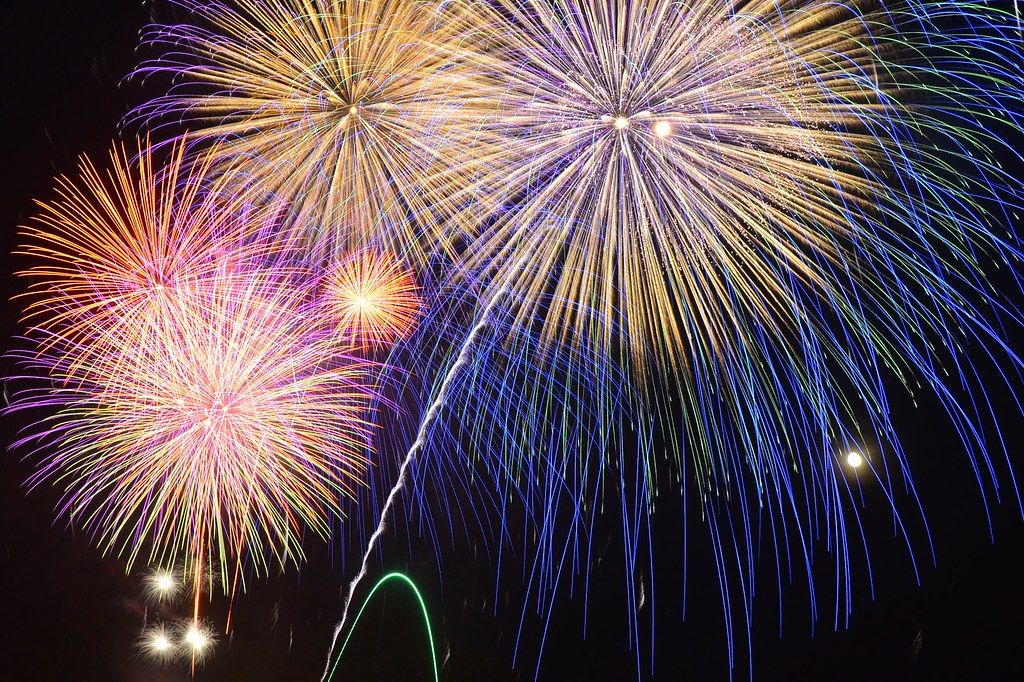
Japanese summer can be very hot and humid, but it can also be a enjoyable season. It's a time for swimming pools, sea, beach and shaved ice (kakigōri かき氷), but also for festivals or matsuri 祭り, which take place throughout Japan.
These festivals are called natsumatsuri 夏祭り, "summer festivals", and they're an excellent option for going out with friends or with the family, and enjoying games, food and shows. One of the most enjoyable things you can do at these festivals is watching fireworks or hanabi 花火 and be astounished by them. And while you're at the festival, don't forget to wear a yukata 浴衣, a light summer kimono.
Summer is a time for family reunion too and it's called obon お盆. People take a break from work during mid-August (although dates may differ depending on the region or prefecture) and they reunite with their loved ones to honor the ancestors and be united. It's common for people to return to their hometown and enjoy this family time.
Words related to summer:
- Atsui 暑い: hot.
- Umi 海: sea.
- Hama 浜: beach.
- Semi 蝉: cicada.
- Natsumatsuri 夏祭り: summer festival.
- Hanabi 花火: fireworks.
- Yukata 浴衣: summer kimono.
- Kakigōri かき氷: shaved ice.
- Mugicha 麦茶: barley tea.
- Senpūki 扇風機: electric fan.
- Eakon エアコン: air conditioner.
- Yūsuzumi 夕涼み: evening cool breeze.
- Yasumi 休み: vacation, holiday.
- Kawa 川: river.
- Puru プール: swimming pool
- Mushiatsui 蒸し暑い: humid.
If you want to watch how a summer festival looks like, watch Actually I Am episode 11 on Lingopie.
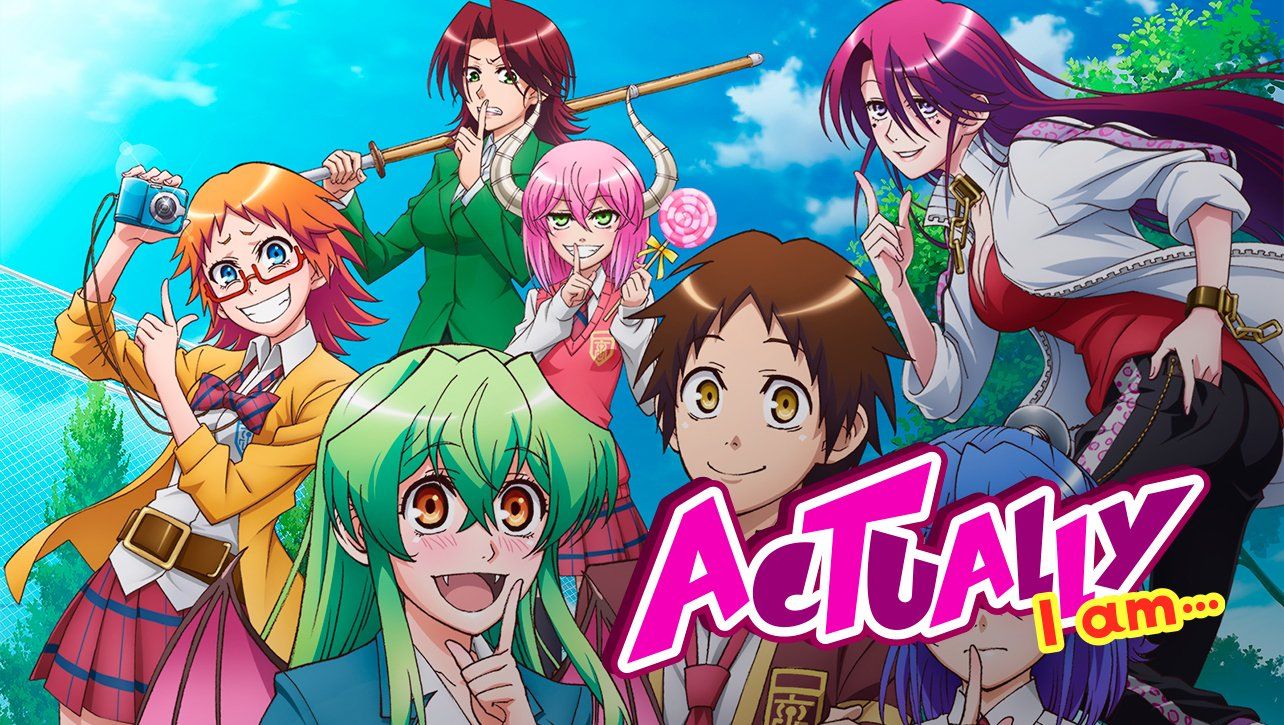
Autumn, the season of harvest and red leaves.

Spring is the season of cherry blossoms, and autumn is the season of momiji 紅葉, "red autumn leaves". Just like hanami during spring, you can watch and appreciate the beautiful momiji falling from the trees (ochiba 落ち葉) with their astounding red color that decorates many parks and shrines.
However, autumn is also a time for harvest. During this season, many vegetables and fruits are harvested and the rice harversting or inekari 稲刈り takes place at the rice paddies. Mushrooms (kinoko きのこ) and sweet potatoes (satsumaimo さつまいも) are harvested too, and a kind of fish called Pacific saury or sanma 秋刀魚 is widely consumed by the Japanese.
Words related to autumn:
- Momiji 紅葉: red autumn leaves.
- Ochiba 落ち葉: fallen leaves.
- Tsukimi 月見: moon viewing.
- Satsumaimo さつまいも: sweet potato.
- Sanma 秋刀魚: Pacific saury.
- Suzushii 涼しい: cool.
- Kinoko きのこ: mushroom.
- Higanbana 彼岸花: red spider lily.
- Inekari 稲刈り: rice harvesting.
If you want to see the beautiful momiji, watch Day Trip on Lingopie.
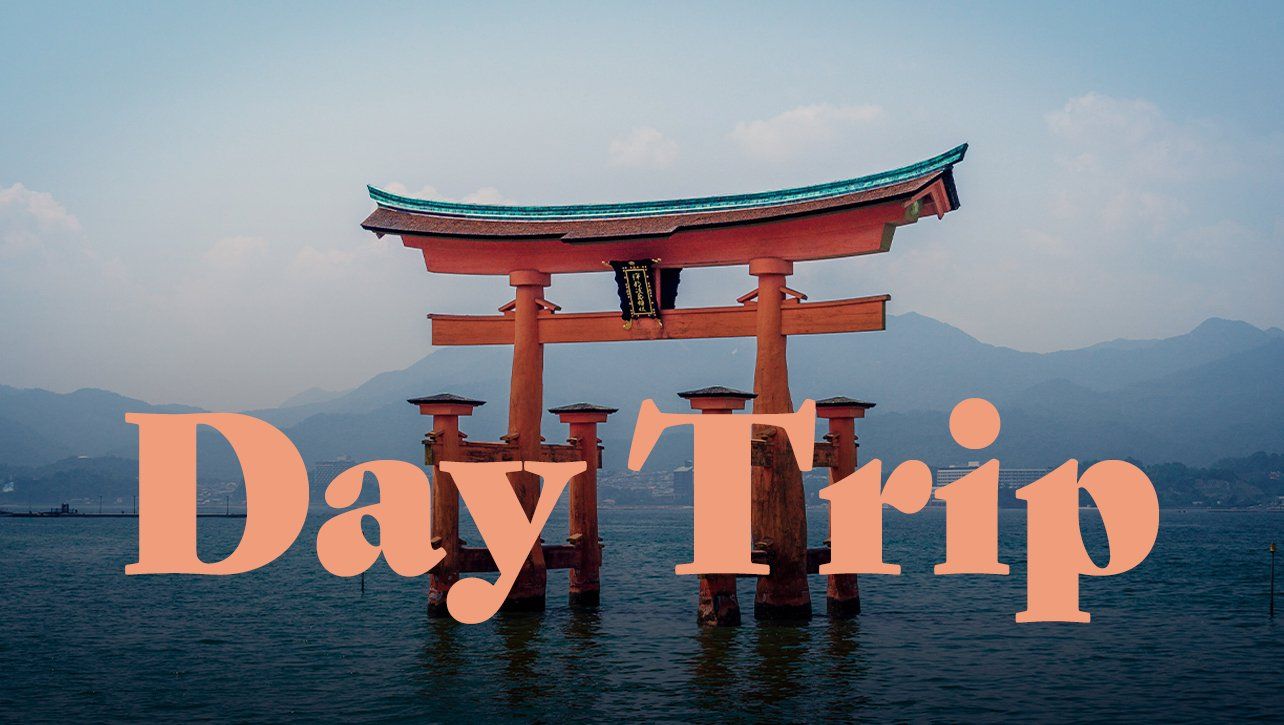
Winter, a season for the New Year and ice sculptures.

Winter in Japan isn't just a cold season, but a season for many interesting things and delicious food.
First, the New Year or Oshōgatsu お正月 is celebrated during this season. Families reunite at their homes to wait for the new year to come on Ōmisoka or New Year's Eve while doing many activities such as eating toshikoshi soba 年越しそば or buckwheat noodles for longevity and luck and listening to the joya no kane 除夜の鐘, "the New Year's Eve Bell".
On Oshōgatsu, Japanese families eat osechiryōri (New Year's food consisting in various dishes with fish, shrimp, beans, etc.) and visit shrines for the first time in the year (hatsumōde 初詣) to pray for good things to happen in the year that's starting.
However, you can play with snow (yuki 雪) and create your own snowman (yukidaruma 雪だるま). If you're cold, eat hot pot food (naberyōri 鍋料理) or heat up with your kotatsu こたつ (heated table).
The northern lands of Hokkaido have an unique event during winter: the yukimatsuri 雪祭り or snow festival. During this matsuri, you can appreciate incredible snow and ice sculptures, some of them as big as a house. This festival is one of the main attractions for tourists every year.
Words related to winter:
- Samui 寒い: cold.
- Hadazamui 肌寒い: unpleasantly cold.
- Yuki 雪: snow.
- Kōri 氷: ice.
- Kotatsu こたつ: heated table.
- Oshōgatsu お正月: New Year.
- Yukidaruma 雪だるま: snowman.
- Tōmin 冬眠: hibernation.
- Shimo 霜: frost.
- Yukimatsuri 雪祭り: snow festival.
- Nabe 鍋: hot pot.
- Ōmisoka 大晦日: New Year's Eve.
- Hatsumōde 初詣: first shrine visit of the year.
- Osechiryōri おせち料理: New Year's food.
If you want to see how a family enjoying osechiryōri during oshōgatsu in winter, watch Taro's Candy House episode 8 on Lingopie.
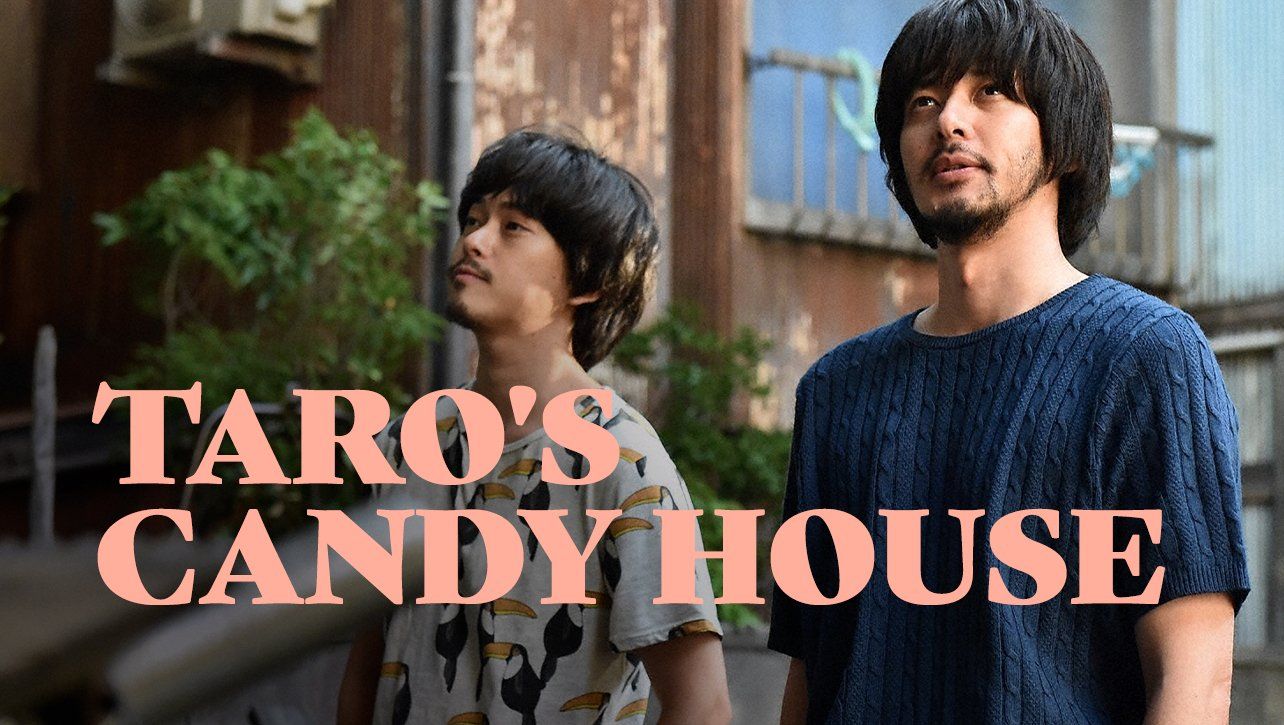
Learn the seasons and Japanese culture and language with Lingopie.
Up to here, we've learned some vocabulary related to the four seasons in Japanese and how people in Japan enjoy those seasons. However, there is much more: more activities, more wonders and, of course, more vocabulary.
But how can you learn all that vocabulary and learn more about seasons and culture in Japan? Learn with Lingopie! Lingopie offers a wide range of great and real Japanese TV shows, such as anime, movies and music videos, including J-Pop, J-Rock and traditional Enka. You can learn lots of expressions and cultural background from your favorite shows and songs, and review them through quizzes and flashcards!
In addition, if you want to learn more about the phrases or situations shown in the shows and songs you love, you can also book group or 1-on-1 lessons given by our professional teachers! Every lesson is based on scenes you watched in your favorite shows!
My final advice is for you to sign up for free and start learning Japanese this winter!
See you in the next article! Bye!


![Seasons in Japanese: A Guide For Beginners [2026]](/blog/content/images/size/w1200/2025/01/Apprendre-Des-Gros-Mots-Faciles-En-Allemand-8.png)



![6 Best Japanese Language Apps Worth Trying [TESTED]](/blog/content/images/size/w300/2025/12/best-apps-to-Learn-Japanese.jpeg)
![A Guide To Kansai-ben Dialect For Beginners In Japanese [2026]](/blog/content/images/size/w300/2025/03/Kansai-ben-dialect.jpg)
